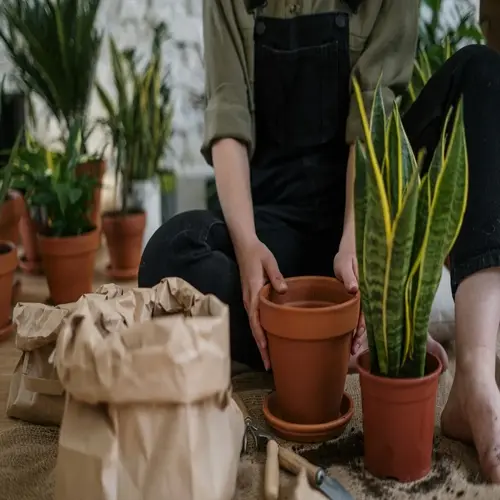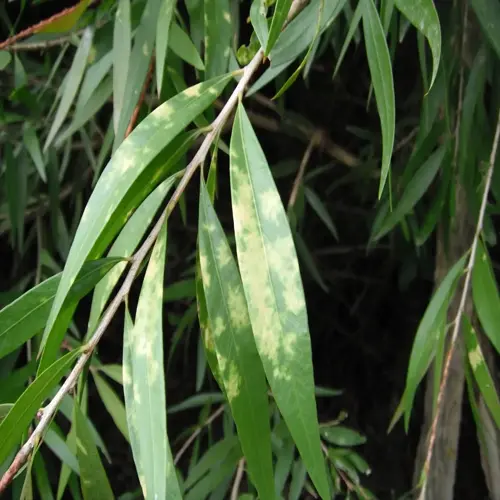What maintenance do these systems require?

Written by
Kiana Okafor
Reviewed by
Prof. Charles Hartman, Ph.D.Regular maintenance ensures self-watering systems operate reliably during critical vacation periods. Monthly maintenance prevents issues such as clogged emitters or algae blooms. These easy routines take about 30 minutes. This allows your plants to stay alive for weeks without special intervention.
Mineral Deposit Removal
- Flush drippers monthly with 1:3 vinegar-water solution
- Soak valves overnight to dissolve calcium buildup
- Prevents 90% of flow-related failures in drip systems
Algae Prevention
- Add 1 tbsp hydrogen peroxide per gallon of reservoir water
- Scrub containers weekly with long-handled brushes
- Use opaque materials blocking sunlight to inhibit growth
Wick Replacement
- Swap cotton ropes every 3 months or when frayed
- Synthetic ropes last 6 months with better absorption
- Maintain reservoir level 1 inch above plant base
Pressure Testing
- Check valve systems monthly with pressure gauges
- Calibrate to 0.5 PSI (34 mbar) for optimal flow
- Confirm emitters deliver 1 cup per 2 minutes
Seasonal adjustments maximize maintenance efficacy. Increase frequency during summer heat waves. High temperatures create mineral build-up. During those months, inspect every two weeks from June to August. Winter requires less frequency, but more substantial cleaning cycles.
A basic maintenance kit contains vinegar, hydrogen peroxide, soft brushes, and spare wicks. Keep it next to your gardening supplies. Make monthly routines easy and reliable, ensuring you're more likely to do them. A predictable care schedule is crucial for achieving years of service from your systems.
Neglecting maintenance causes predictable failures. Clogged systems show reduced flow within days. Algae blooms cloud reservoirs weekly. Preventive care eliminates these issues. Your plants remain healthy during extended absences.
Read the full article: 5 Self Watering Systems That Keep Plants Alive

